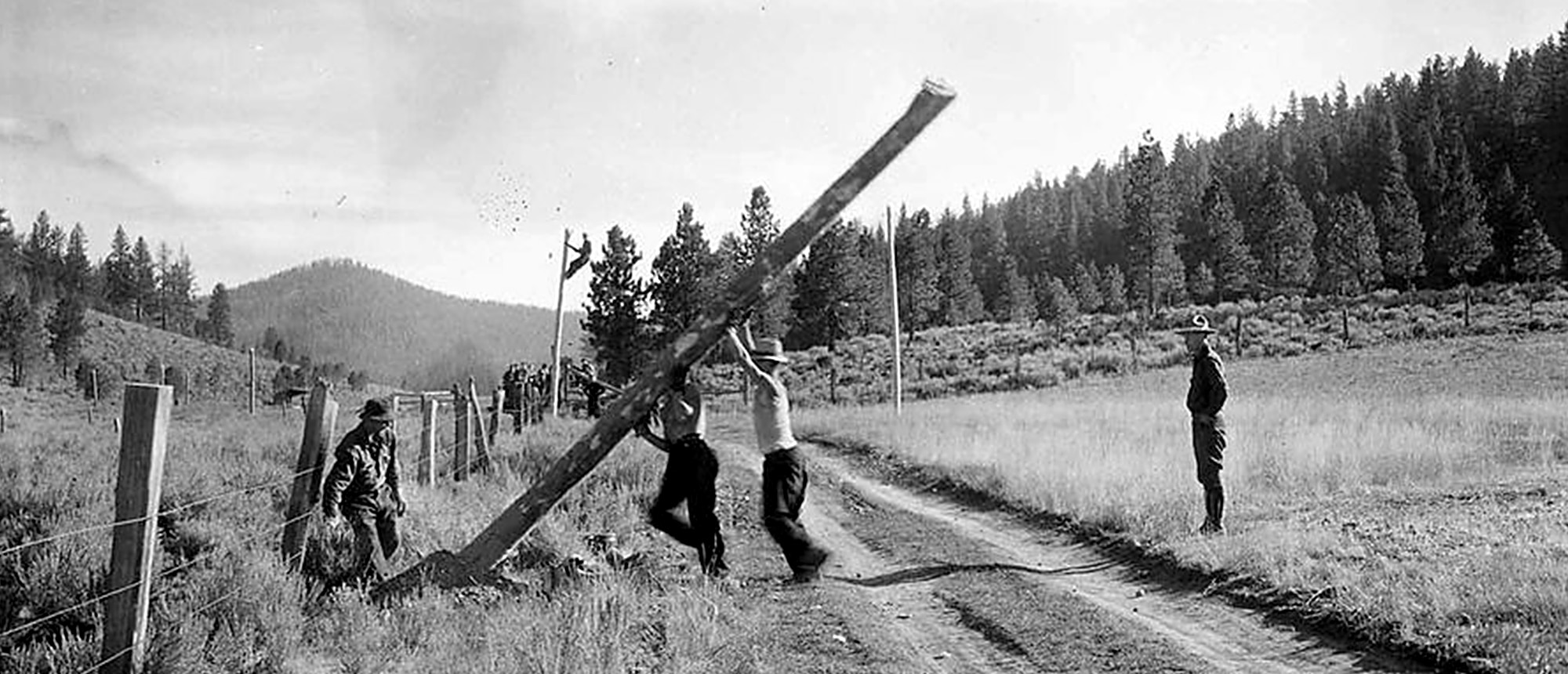Wanted: Shovel-Ready Projects For A Green New Deal
In advancing a Green New Deal for the United States under current conditions, it is important to take seriously issues around how best to time the launch of various components of the overall project. The point is to ensure that we maximize both their short-term stimulus benefits in addition to their longer-term impacts. I know how important such matters are from personal experience working on the green investment components of the 2009 ARRA stimulus program, in which $90 billion of the $800 billion total had been allocated to clean energy investments.
The principles underlying the green investment components of the ARRA stimulus were sound. But the people who worked on the program in its various stages, including myself, did not adequately calculate the time that realistically would be required to get many of the projects up and running. We knew then that it was critical to identify “shovel-ready” projects—i.e., ones that could be implemented on a large scale quickly so that they could provide an immediate economic boost. But relatively few green investment projects were truly shovel-ready at that time. One important reason for this was that the green energy industry was then a newly emerging enterprise. The backlog of significant new projects was therefore thin. It is only moderately less thin today.
This means that we need to identify the subgroup of green investment projects that can realistically roll into action at scale within a matter of months. One good example would be to undertake energy-efficient retrofits of all public and commercial buildings. This would entail improving insulation, sealing window frames and doors, switching over all light bulbs to LEDs, and replacing aging heating and air conditioning systems with efficient ones—preferably, where possible, with heat pumps. The administrative issues around mounting such projects could begin today. The on-site work could then begin on the first day that it is safe to do so. A program of this sort budgeted at, say, $20 billion nationwide, could generate about 300,000 jobs, for secretaries, truck drivers, and accountants as well as for construction workers. It will also deliver immediate energy savings of about 30 percent and comparable levels of reduced emissions.
Building off this initial set of truly shovel-ready projects, the full Green New Deal can then be phased in as quickly as possible. The ramping up of the rest of the clean energy investment program will then provide a strong overall boost to the economy as it moves out of recession into recovery.

